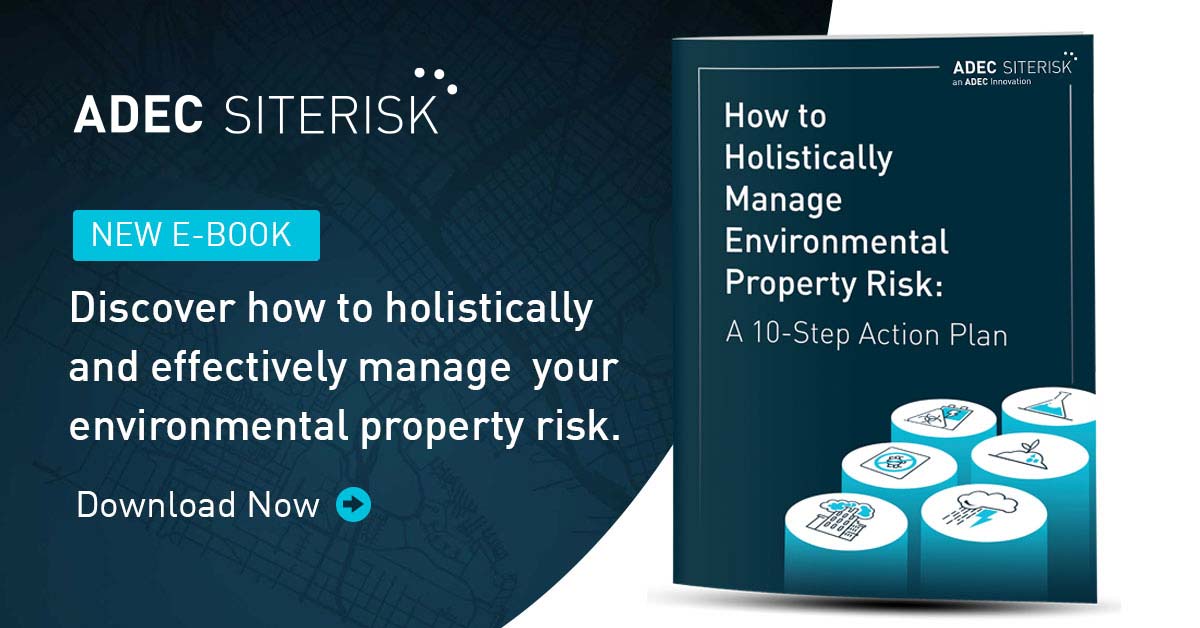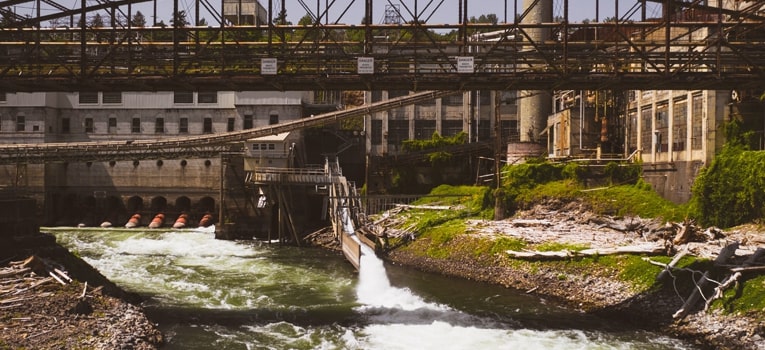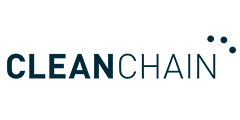In part one of our discussion on POPs, we defined POPs, their governance and their main categories.
According to the United Nations’ SDG 12 knowledge platform, the Stockholm Convention on Persistent Organic Pollutants “established international frameworks to achieve the environmentally sound management of hazardous wastes, chemicals and persistent organic pollutants. With six exceptions, all Member States are party to at least one of those conventions.” Managing POPs is also included in Target 12.4 of SDG 12. In addition, the United Nations Development Programme (UNDP) identifies most of the SDGs and how chemical safety or the sound management of chemicals and waste are fundamental to achieving them. You’ll find that list and case studies in a report called Chemicals and Waste Management for Sustainable Development by the UNDP.
“The Dirty Dozen”
The dirty dozen, or the 12 initial POPs, were first made official in 2001 at the Stockholm Convention, leading to stronger regulations banning them in many countries. POP is a general designation—a class of toxic chemicals that are organic or carbon-based. But what are the different POPs that are being addressed and how present are they in our lives and surroundings?
What are the different Persistent Organic Pollutants (POPs)?
- Aldrin – a pesticide; widely used to protect crops and control insects. This toxic substance is easily metabolized by plants and animals and persists in soil by strongly binding to particles. It bioconcentrates (easily accumulates) in aquatic organisms, exceeding amounts in the organism’s environment. Aldrin is toxic to humans. Effects include headache, dizziness, nausea, general malaise and vomiting, muscle twitching, myoclonic jerks and convulsions.
- Chlordane – a pesticide used in agriculture. It is highly insoluble in water and is semi-volatile. It binds easily to sediments in water and bioaccumulates in the fat of organisms. It is also widely used against termites. Observed effects on humans included significant changes in their immune systems.
- Dieldrin – a pesticide used for soil insects. It has caused serious health and environmental concerns, leading to its ban in many countries. It binds strongly to soil particles and is resistant to leaching like aldrin. This substance has been known to contribute to cases of liver and biliary tract cancer.
- DDT – a pesticide used to protect crops (cotton). Its wide use started in WWII as protection from malaria, typhus and other vector borne diseases. Restrictions began with growing concerns over biodiversity and environmental damage, particularly on wild birds. It is highly insoluble in water and is semi-volatile. It is also lipophilic, easily combining in the fat of organisms leading to bioaccumulation and biomagnification. DDTs are said to be almost anywhere, even in the Arctic. It is banned in 34 countries.
- Endrin – a pesticide used on crops. It is also a rodenticide. Endrin, with aldrin and dieldrin, has contributed to the occurrence of liver and biliary tract cancers. Studies have shown inclusive evidence of its effect on immune responses.
- Mirex – a pesticide mostly for ants. It is very resistant to breakdown and is very insoluble in water. It also bioaccumulates and biomagnifies. Mirex has been found in human fat. Experiments have confirmed its carcinogenic properties in animals.
- Heptachlor – a pesticide used on cotton insects and grasshoppers. It is highly insoluble in water and is volatile. It partitions and spreads in the atmosphere. It also binds on sediments in water and bioconcentrates or bioaccumulates in the fat of organisms. Heptachlor and endrin have been found to have been a significant factor in the occurrence of bladder cancer.
- Hexachlorobenzene (HCB) – a fungicide that is a byproduct of manufacturing certain industrial chemicals. From 1954 to 1959, people in Turkey ingested HCB through tainted seed grains. Symptoms included photosensitive skin lesions, hyperpigmentation, hirsutism, colic, severe weakness, porphyrinuria and debilitation. 3,000-4,000 people developed porphyria turcica. Mothers who ingested the seeds passed the HCB to their children. The mortality rate of these children was 95%.
- Pentachlorobenzene (PCB) – a fungicide, dyestuff carrier and flame retardant is also produced unintentionally in thermal and industrial processes. It can also be found as an impurity in solvents or pesticides. It is harmful when swallowed.
- Toxaphene – an insecticide used in agriculture and used to control ticks and mites. It was the most widely used insecticide in the US in 1975. Studies found that there is inadequate evidence for adverse effects and carcinogenicity in humans. However, there is sufficient evidence from experiments on animals.
- Dioxins and Furans – may be released into the environment through the production of pesticides and other chlorinated substances. They have been detected in emissions from the incineration of hospital waste, municipal waste, hazardous waste, coal, peat and wood and in car emissions. Their health effects include chloracne, depression, peripheral neuropathies, fatigue, hepatitis, enlarged liver, personality changes and abnormal enzyme levels.
The Central Concerns Regarding POPs
- POPs are toxic and among the most dangerous substances produced intentionally or unintentionally.
- Effects include death, disease, birth defects, cancer, allergies and hypersensitivity and damage to the nervous, reproductive and immune systems.
- Some POPs are endocrine disruptors.
- They concentrate in living organisms through bioaccumulation or bioconcentration, meaning they are easily absorbed by fatty tissue.
Better Chemical Management is Critical
Since these chemicals persist for years and can circulate globally through the grasshopper effect, production processes, such as agriculture and manufacturing, are urged to innovate in order to eliminate them and create a more sustainable future. International frameworks are helping make this happen and align businesses with safer environmental practices, chemical management protocols and the Sustainable Development Goals.
CleanChain helps organizations achieve transparency and real-time insight into the chemicals used throughout their supply chains. Contact us to learn more about how we can help you achieve your sustainability goals.


















